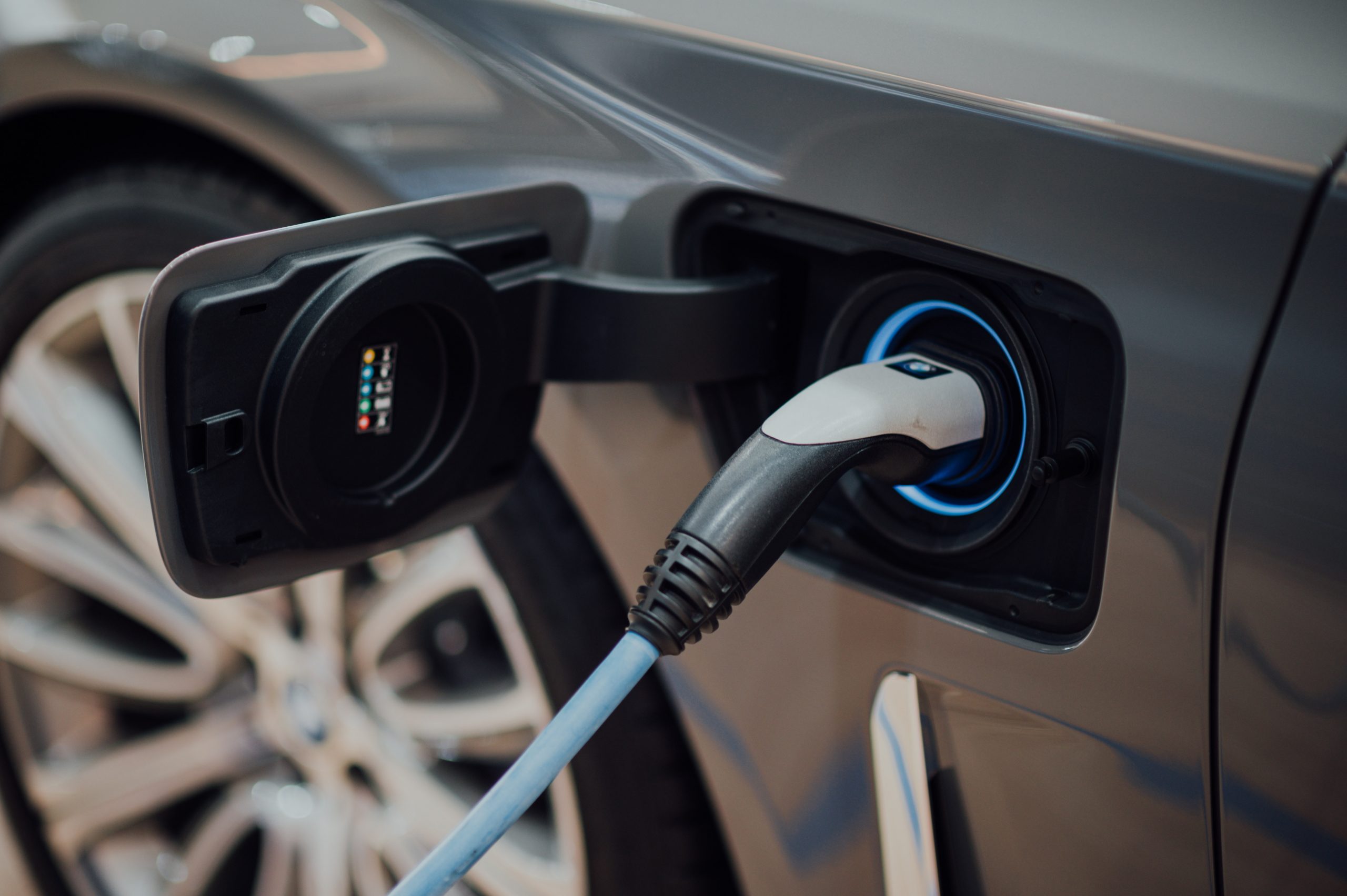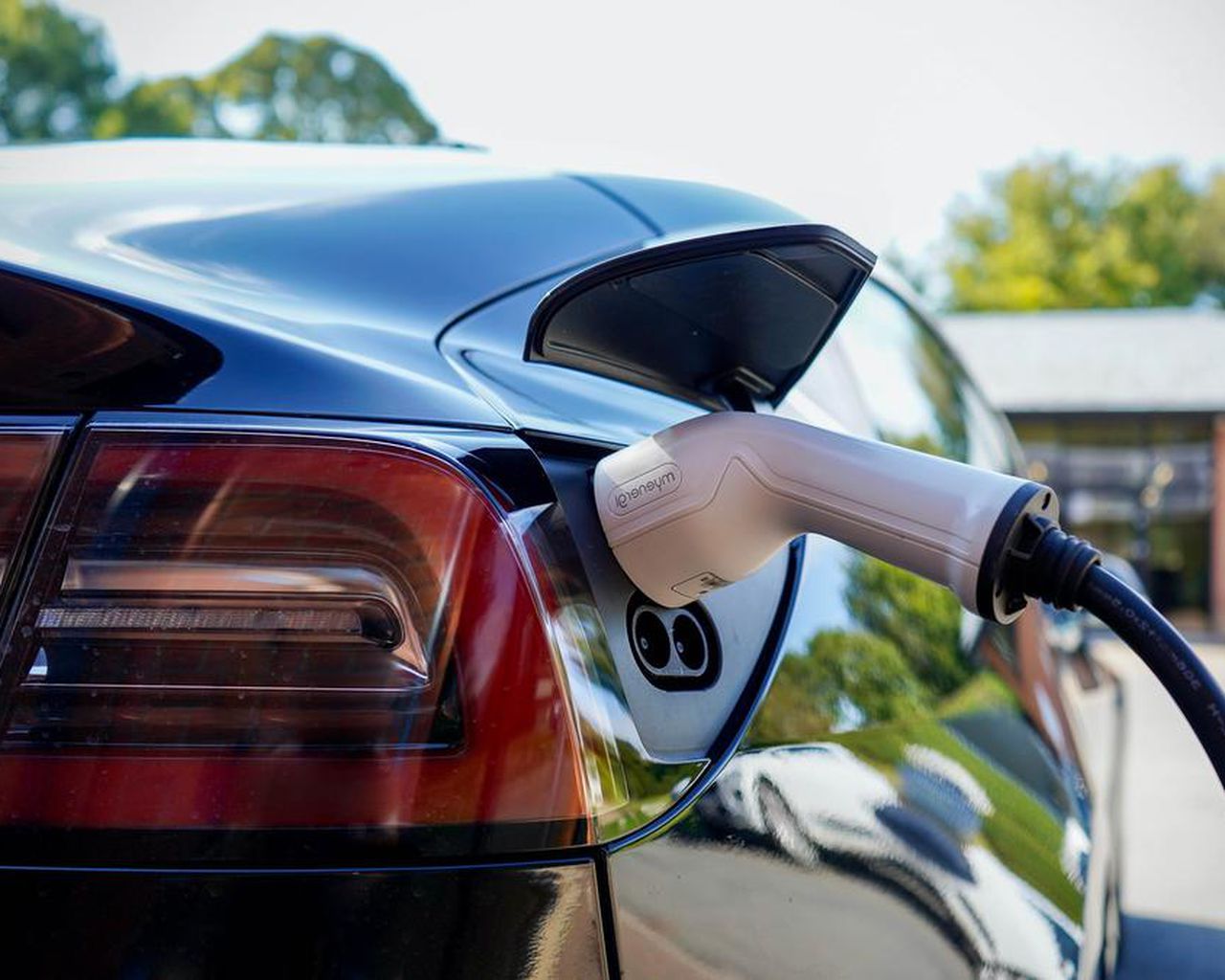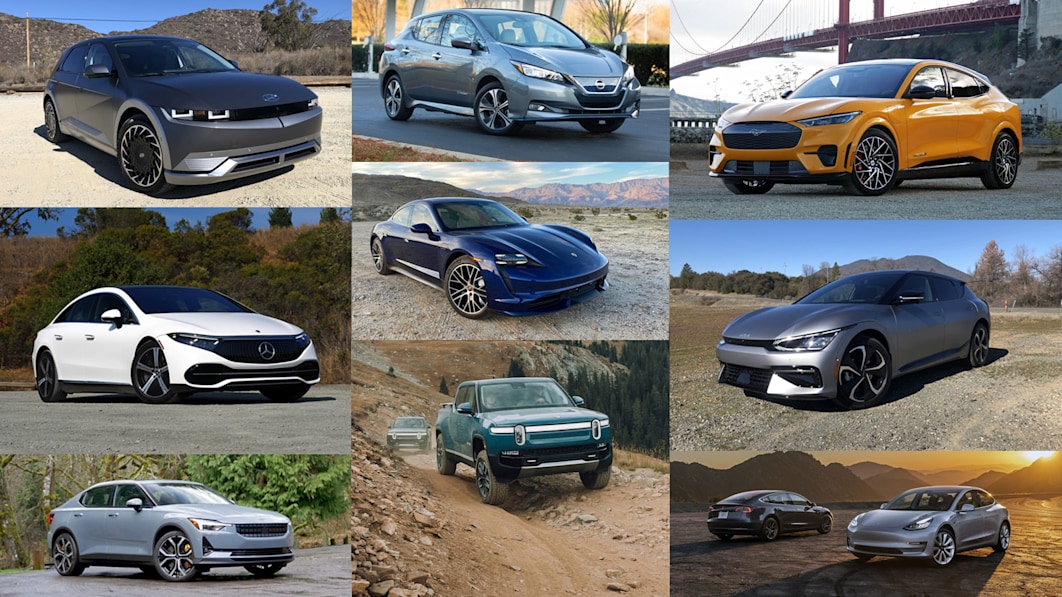Electric cars and vehicles are designed to be an eco-friendly alternative to cars that run on gasoline. This has led global leaders and automakers to embrace electric vehicles as part of their carbon emissions reduction strategies.
General Motors has gone so far as pledge to sell only electric cars and light trucks by 2035, and completely transform its automaking to battery-powered designs. Volvo is another car manufacturer with plans to pivot to electric-only new car sales by 2030.
Yet, no industry comes without an environmental footprint. Some people have raised legitimate concerns that mining rare earth minerals for electric car batteries could put biodiverse regions at risk. Others have noted that we don’t have a cost-effective means to recycle electric car batteries.
Does this mean that electric cars are worse than regular cars? Experts say no, but they do have some important environmental pitfalls to address. Read on to learn more.
What are electric cars?
Plugging in your transportation is a new concept to most people who are used to pumping gas to get from point A to point B. With a dashboard that looks like a giant smartphone, EVs can look like they’ve come from the future. Yet, their technology is not new. Electric cars have existed just as long as cars powered by gasoline.
Just like your average automatic transmission car, an electric vehicle powers on with an ignition, accelerates with the gas pedal and stops with the brakes. The main difference from a gas-fueled car is the design of its motor.

Electric vehicles are powered by batteries which must be periodically re-charged using a charging station connected to an electricity power source. This is familiar to most people because it’s the same way we charge our phones, computers, and other electric devices and appliances.
Most electric vehicles use a lithium-ion battery with a relatively simple design. In fact, there are only 20 moving parts in an EV motor versus almost 2,000 in the engine of a comparable internal combustion engine (ICE) vehicle.
How do they work?
A fully electric car requires no petrol or diesel and no gears to drive higher or lower speeds. Instead, pressing the accelerator powers the motor from an electric battery. The motor turns the wheels from the drive shafts. When you press the brakes, the energy generated in the motor can deliver power back to the battery, helping it retain an electric charge longer.
There are a few key differences between electric cars and gas-fueled vehicles:
- They’re quieter.
- They accelerate faster without gears to shift through.
- A non-reactive driving style (no harsh braking) and medium driving speeds maintains the charge longer over time.
- Extremely hot or cold weather can deplete the charge faster than temperate weather.
What about hybrid cars?
Hybrid vehicles are an attractive option for people who want to lower their gas costs and environmental footprint in areas without a lot of charging stations.
Hybrid cars use both petroleum and electric motors. Some will use the electric motor at lower speeds and switch to the gas-fueled motor at high speeds. Others merely use the electric motor as a support to the main gas engine. Depending on the level of power the electric motor supplies, hybrids are classified as strong or mild. The key point is they emit less CO2 and they require less fuel so they can save their owners money.
Are electric cars greener than fossil fuel powered ones?
We know that electric cars don’t emit CO2 emissions from their tailpipe, because no fuel is burned. That said, they still require electricity. For now, most electricity (about 60%) still comes from fossil fuel sources in the US.
To understand the full picture, you’d have to compare how fossil fuels are burned while charging your electric vehicle versus the amount burned to drive an ICE car. This varies a lot depending on the region.

This varies country to country as well as state to state. Driving an electric car in Iceland, for instance, would emit almost no emissions from its operation or charging, because the energy sources there are predominantly renewable: wind, solar, geothermal, and hydro.
In the US, Maine sourced just 79% of its electricity from non-fossil fuel sources in 2020, while Texas relied on wind, solar, and nuclear for only 32% of its electricity. On the other hand, Texas is installing more solar power than any other state, so the mix will likely improve over time.
These issues make it necessary to compare the environmental footprint of electric vehicles today as well as within future projections.
So what’s the final verdict? According to the US EPA, even when you account for GHG emissions from electricity generation for charging, electric cars still have a smaller carbon footprint than gasoline cars.
